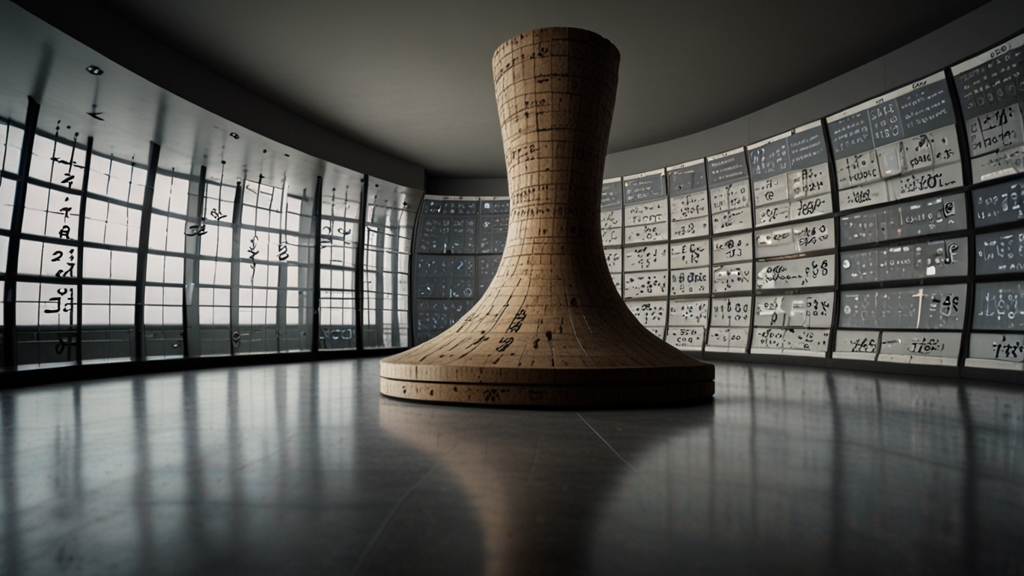The Art of Writing Your Own Psalms
The Book of Psalms, a treasure trove of poetic expressions of faith, encompasses diverse themes of worship, lament, thanksgiving, and supplication. With its roots in ancient Hebrew tradition, the Psalms have touched countless hearts across centuries. Writing your own psalms can be a deeply personal and transformative experience, opening new avenues of spiritual expression and connection. Let's explore the art of crafting your own psalms.
Finding Inspiration
Writing a psalm begins with finding inspiration in your personal experiences and the world around you. Reflect on moments of profound joy, deep sorrow, gratitude, or times when you felt an intense need for guidance. These experiences can become the foundation of your psalm, allowing you to express your emotions and thoughts in a structured, poetic form.
"The heavens declare the glory of God; the skies proclaim the work of his hands." - Psalm 19:1
Consider meditating on traditional psalms or other spiritual texts. Nature, music, and works of art can also be profound sources of inspiration. Engage in activities such as walking in a forest, attending a concert, or visiting a museum to awaken your creative spirit.
Choosing a Theme
The next step is to identify the theme of your psalm. Traditional psalms often revolve around themes such as praise, lament, thanksgiving, and supplication. Your personal psalm could follow these themes or explore new ones based on your experiences and perspectives. Ask yourself: What am I feeling right now? What do I need to express to the Divine?
Structuring Your Psalm
While the structure of a psalm is not rigid, following a loose framework can help organize your thoughts and emotions. Many psalms begin with an invocation or address to the Divine, followed by the main content that explores the chosen theme, and conclude with a statement of trust, praise, or resolution.
"The Lord is my shepherd, I lack nothing." - Psalm 23:1
Start with an introduction that sets the tone for your psalm. This could be a direct address to God or a depiction of your current state. Next, delve into the body of your psalm, expressing your inner thoughts, feelings, and reflections. Conclude with a reaffirmation of faith, hope, or aspiration.
Embracing Poetic Devices
Psalms are rich with poetic devices that enhance their beauty and emotional impact. Incorporate elements like metaphors, similes, parallelism, and repetition into your psalm to create a rhythmic and resonant piece. Use vivid imagery to paint pictures with your words and evoke strong feelings.
Editing and Refining
Once you have drafted your psalm, take time to edit and refine it. Read it aloud to identify any awkward phrases or areas where the flow could be improved. Seek feedback from trusted friends or spiritual advisors who can offer constructive insights. Remember, writing a psalm is an iterative process that involves revisiting and polishing your work until it feels just right.
Sharing and Reflecting
Sharing your psalm can be a powerful way to connect with others and foster a sense of community. Whether you choose to share it in a worship service, a small group, or on social media, your personal psalm has the potential to inspire and uplift those who encounter it.
Finally, take time to reflect on the process of writing your psalm. How did it impact your spiritual journey? What did you learn about yourself and your relationship with the Divine? Writing your own psalms can be a profound exercise in self-discovery and spiritual growth.
In conclusion, the art of writing your own psalms is a deeply enriching practice that allows you to explore and express your innermost thoughts and feelings. By drawing inspiration from your experiences, choosing a meaningful theme, embracing poetic forms, and refining your work, you can create psalms that resonate with your soul and touch the hearts of others.






